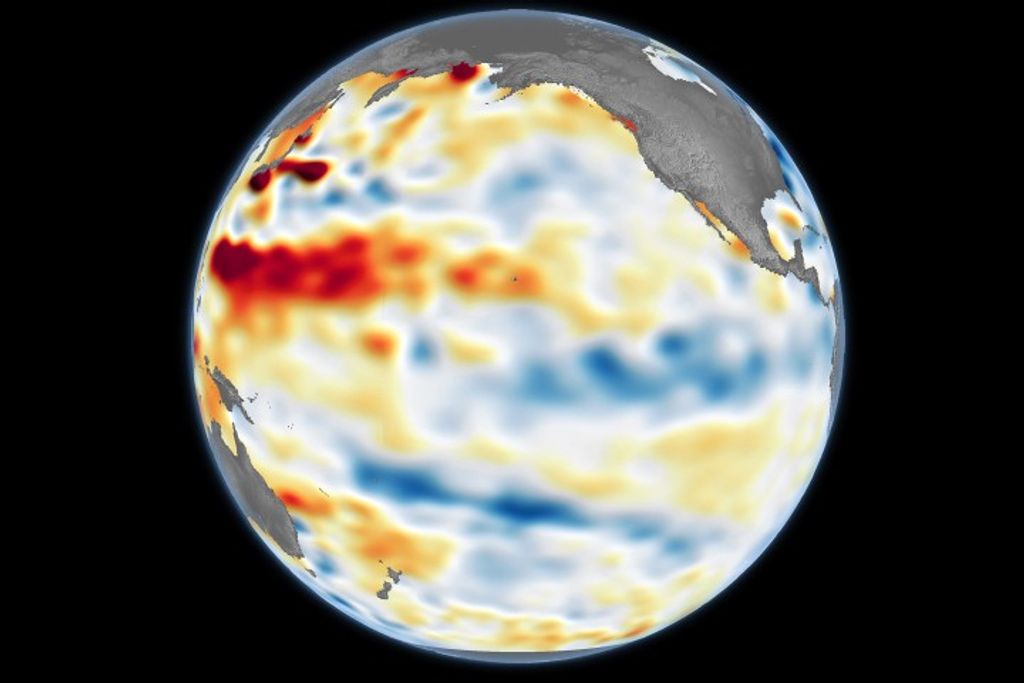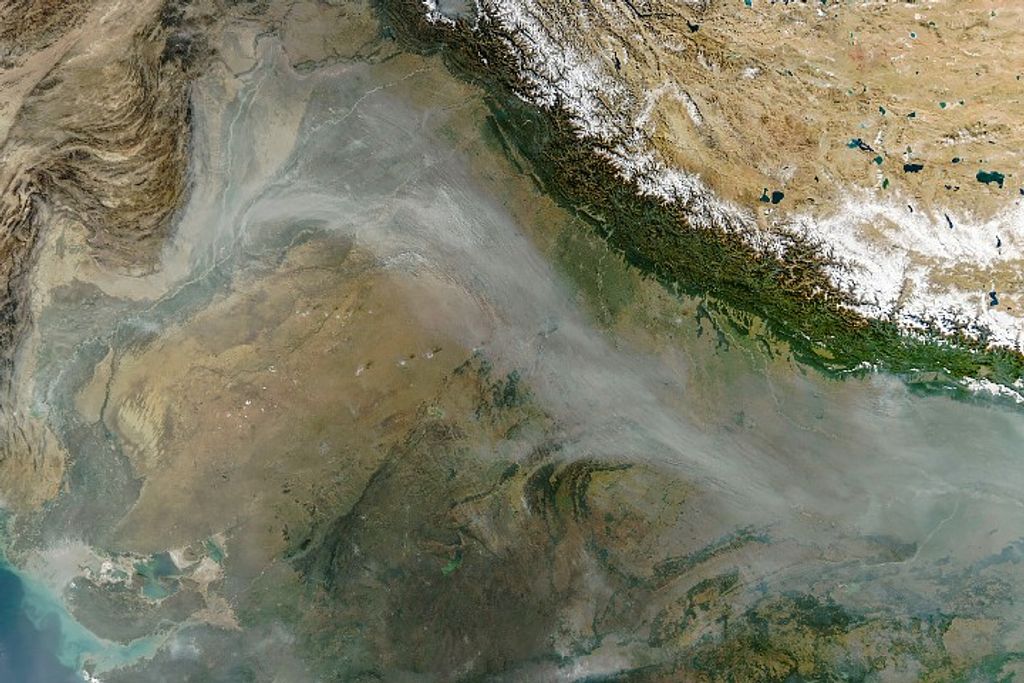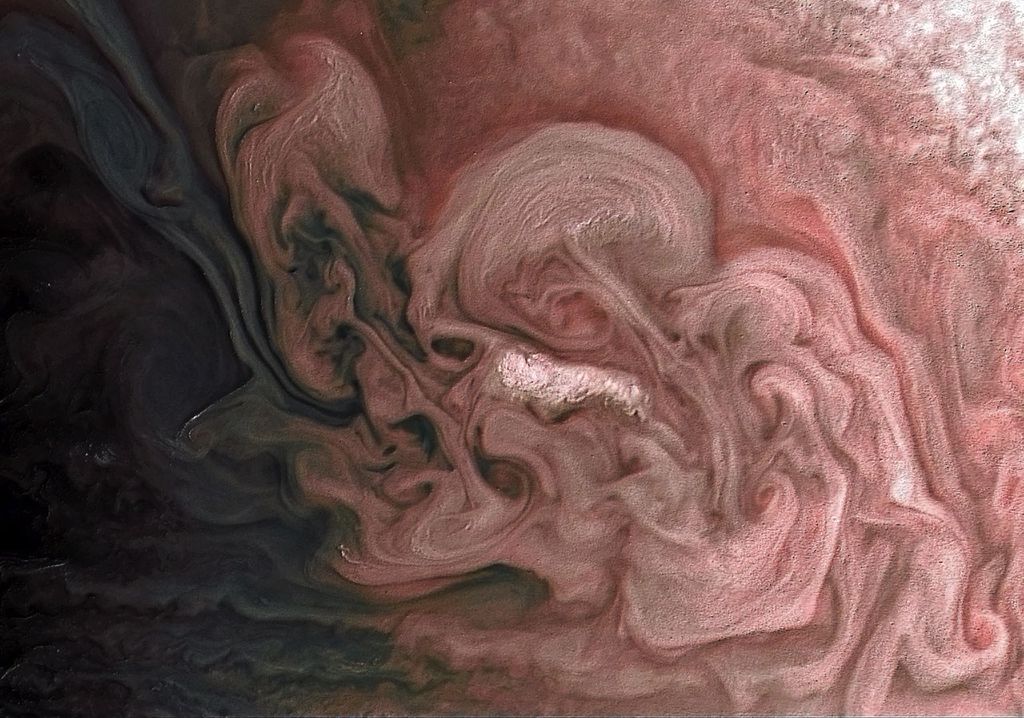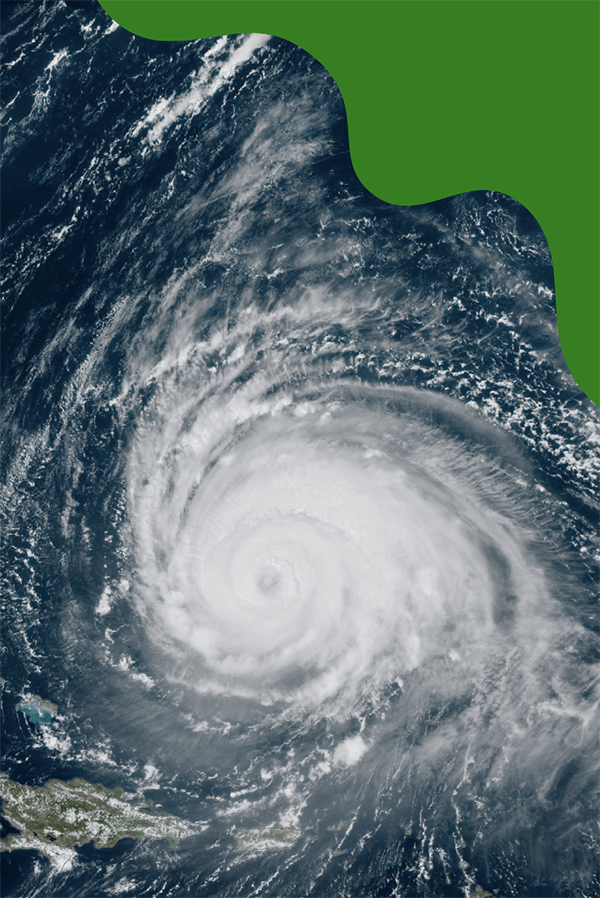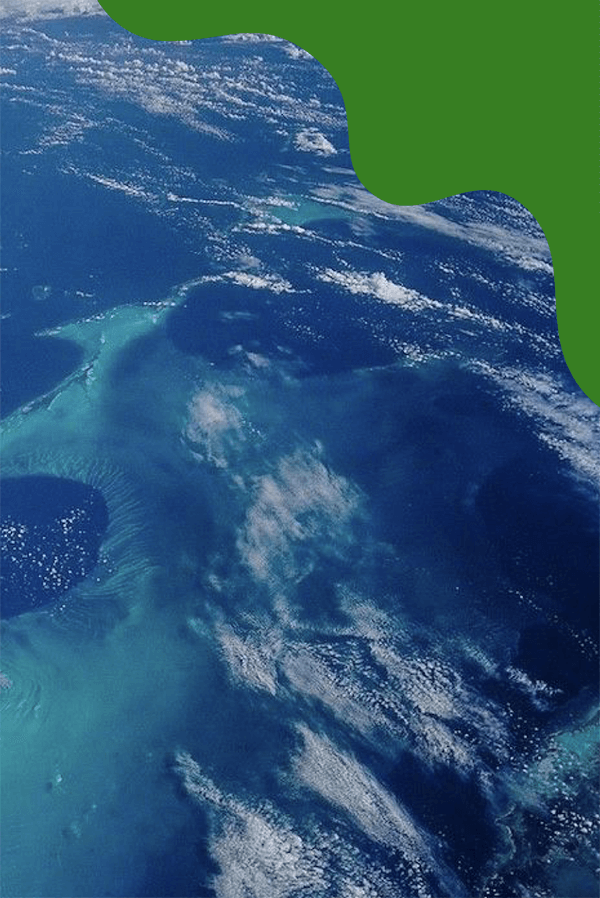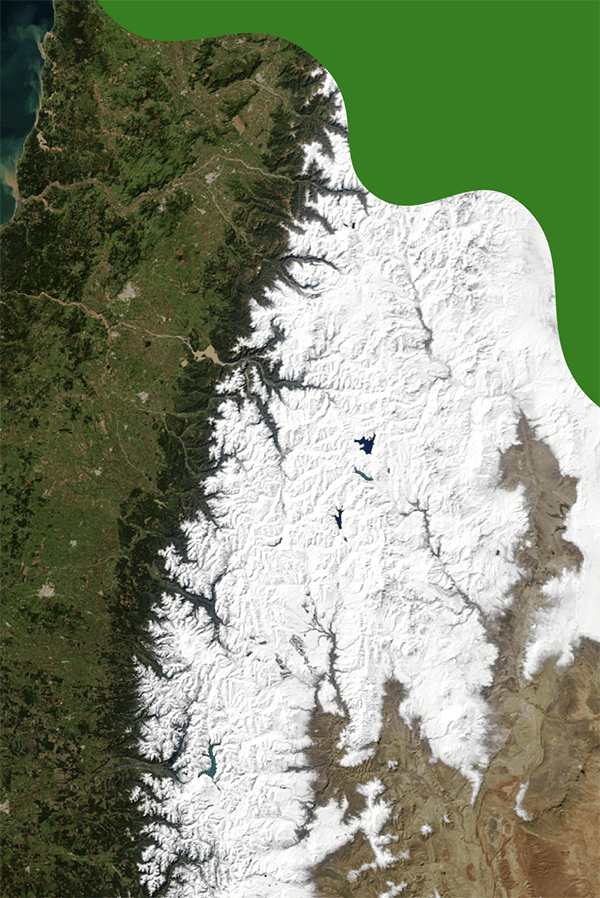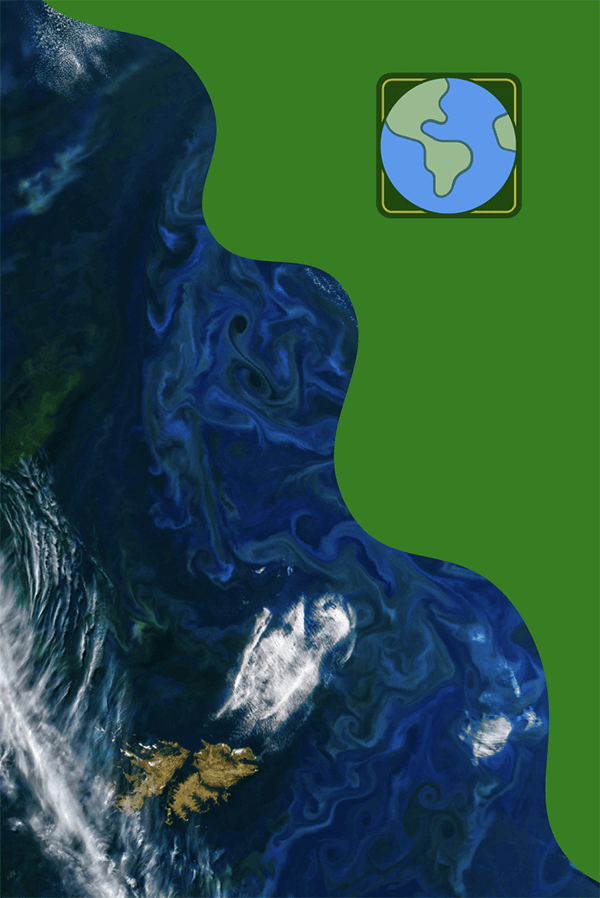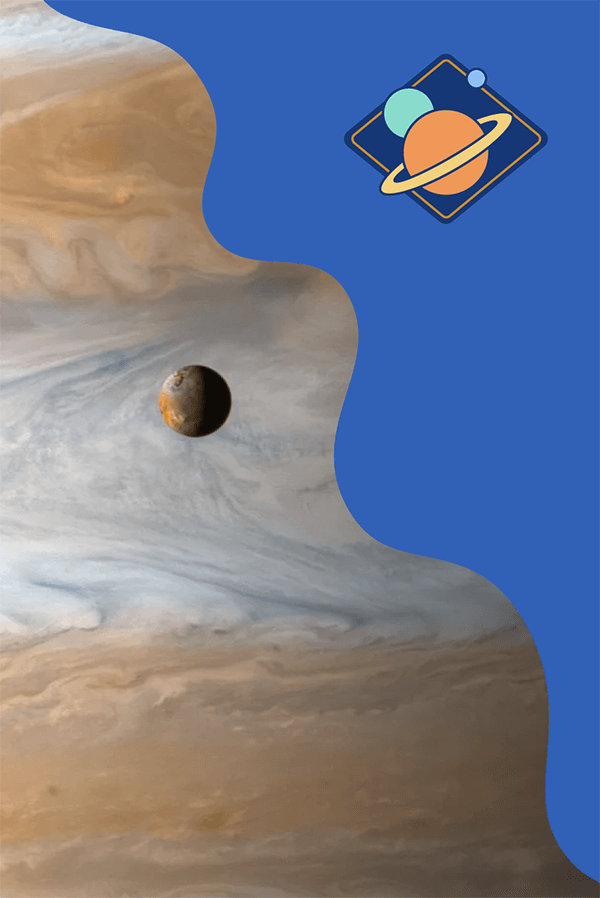


What Is Sea Ice and How Is It Changing?
When the top layer of the ocean freezes solid, it is called sea ice. Every winter, sea ice forms on the Arctic Ocean near the North Pole. Then each summer much of the sea ice melts. But not all of it. Some sea ice is thick enough that it stays frozen throughout the summer.
Sea ice also forms around the frozen continent of Antarctica and the South Pole. It follows a similar pattern where it grows in winter and shrinks in summer.
In 1979, satellites began measuring sea-ice cover in the Arctic. Looking at those measurements over time, scientists found that the amount of sea ice remaining at the end of each summer was shrinking. When ice cover reaches its smallest size, it’s called the minimum extent.
In the summer of 2012, the Arctic sea-ice minimum extent reached its smallest size on record. Every year since then has been below average. Summer sea-ice cover today is about 30-40% smaller than it was in 1979.
Recent measurements taken around Antarctica show shrinking sea ice there too. New satellites and instruments will be studying this important area in the future.
Sea ice serves an important role in reflecting sunlight back into space. This keeps the ocean from absorbing some solar energy and heat, which helps keep the planet cooler — like a natural air conditioner for the planet. Sea ice is an important measure of how our planet is changing.









